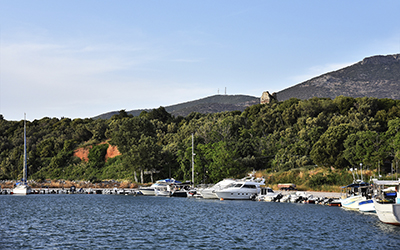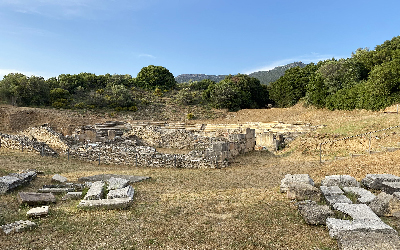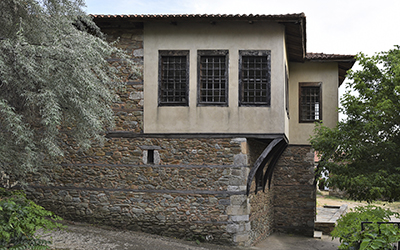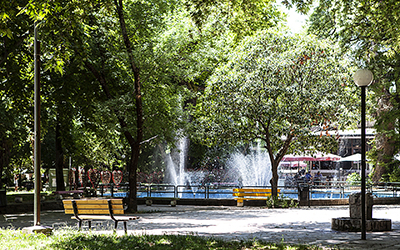The capital of the regional unit of Drama, known in the ancient world as Hedonida. The area has been inhabited since prehistoric times. It is built at the foot of Falakro Mount.
Important attractions of the city are the Macedonian Tomb, the Byzantine church of Agia Sophia (10th century), the church of Pammegistoi Taxiarhes (14th century), the old Cathedral of the Assumption of Mary (18th century), and the Byzantine city walls. Newer attractions include Agia Barbara Park in the center of the city with springs, ponds, and waterfalls, Anastasiades Mansion (1876), the old Schools (1907), the Archaeological Museum with remarkable findings, the Ecclesiastical Museum with exhibits of religious art, the church of Agios Nikolaos (Eski Mosque or Tsarsi Mosque) built by Sultan Bayezid II and the Arab Mosque (1875). Also, the tobacco warehouses Speerer (a listed building of 1924), Portokaloglou (1904), and Protopappas (1912) are important sights, as well as the 1895 Railway Station. The patron saint of the city is St Barbara.
In Drama, various events take place during the year, such as the International Short Film Festival, Drama Dream City, (a Christmas festival), and the Eleftheria events.
Drama is the birthplace of Olympic medalist shooter Anna Korakaki.
Visit Greece










































